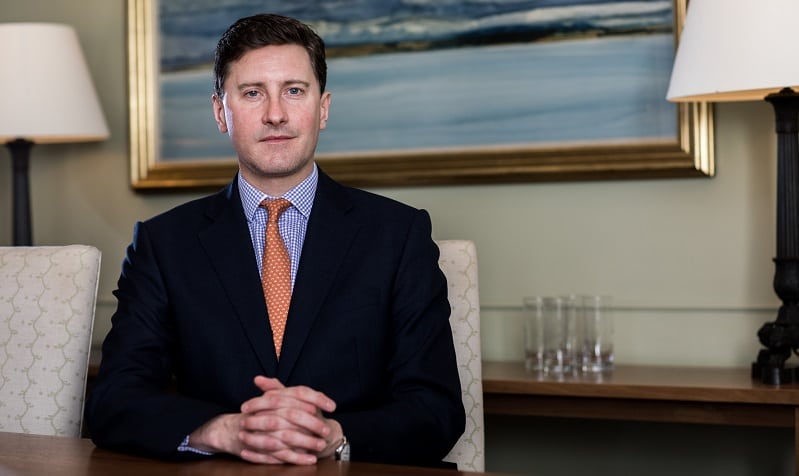JH&P has had to think about repositioning in terms of brand and perception in order to appeal to both its long-standing private clients and the newer IFA customers.
Horniman says: “If you can improve an IFA’s profitability and save them time, that is what they are looking for. If you come in wearing a nice suit and smiling they are going to say, ‘Who cares about that, that’s not going to help me at all’.
“Some IFAs might be put off by JH&P having a nice office on Pall Mall. So as to not upset our traditional client base we have tried to position ourselves to be interesting to both sides of the equation.”
Horniman says the plan is to work with advisers where there is “a marriage of minds” between two firms, and JH&P chief executive Andrew Steel visits each prospective IFA to check this alignment before joining forces.
Time management
“We are not looking to pile it high and sell it cheap,” he says. “We aim to work with upwards of three dozen companies eventually. By limiting the number of clients per fund manager and offering a service that goes back to how private client fund management used to be operated, hopefully they feel like they are getting something they did in the private client world – that is time.”
Time with customers is important, as is patience when entering new territory. Horniman notes that the lead time for new business might be 12 months or more, but the firm is beginning to see the benefit come through. He is also aiming high, saying he would not be surprised if the IFA channel grew by 20-30% next year due to the ability to scale the business.
“The thing that makes the IFA space attractive is the fact that there is a degree of gearing,” he says. “You are building portfolios that go on to platforms and the numbers of IFAs that use those platforms need to be looked after. But the actual portfolio management is just the models on the platform.”
Horniman says the firm is “cautiously optimistic” about the world as it aims to earn clients an inflation-adjusted real return through investing in equities, fixed income, alternatives and cash.

As such, he says equities are the place to be in a growing world. Equities form the major component of all the portfolios, although the firm is underweight its benchmark. The four risk-weighted portfolios’ allocation to equities are 40%, 55%, 70% and 85% (one to four, respectively).
For domestic clients, exposure to equities is direct for the US, Europe and UK, and there is more in the Far East and Japan for international clients. The firm aims to widen out the direct access to Asian and Japanese stocks for UK clients as well.
Direct equity ownership is another string to JH&P’s bow. The hire of William Francklin from Waverton Investment Management in 2016 and, more recently, Asia specialist Camilla Cecil from Ruffer in Hong Kong, has boosted the firm’s direct equity expertise outside the UK.
A real boon to JH&P has been obtaining registration with the Securities and Exchange Commission (SEC) to operate in the US market. The firm has identified some IFAs that have American clients who are unsettled by the political climate and want their money to be managed outside the US.
“Having SEC registration is a real benefit for us because it backfills a lot of work we are doing on the stock side globally into a general process. Our UK clients are benefiting from having cheaper portfolios because direct equity ownership is cheaper – in terms of the overall cost of owning a fund – in a global context.
“So the number of stocks we are looking at in America, Europe and now in Japan and Asia is starting to influence stock selection.”
Article continues on the next page…










